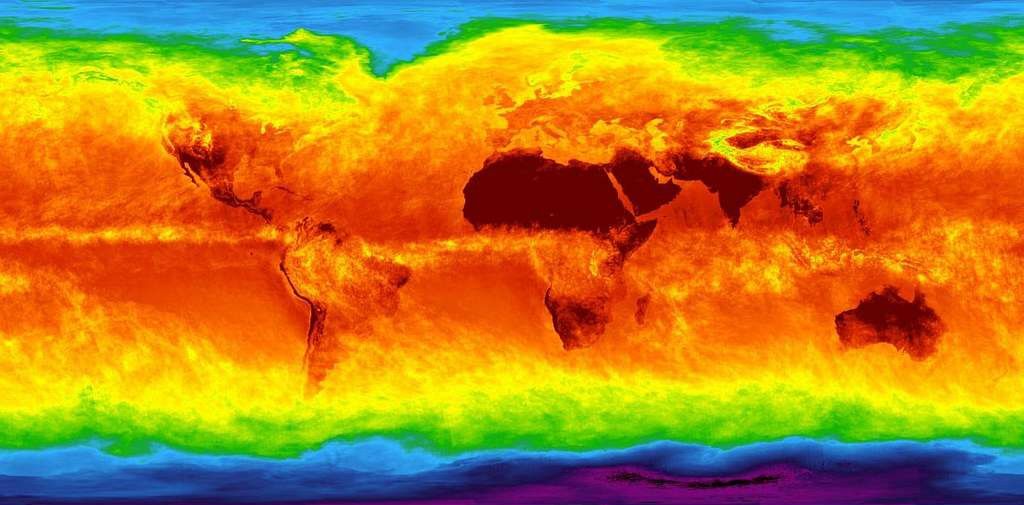World Radiography Day: Celebrating the Impact of Imaging on Modern Healthcare

Introduction
Observed annually on November 8, World Radiography Day honors the discovery of X-rays and recognizes the essential role of radiographic imaging in medicine. This day celebrates the work of radiographers and advancements in imaging technology, both of which have transformed healthcare by improving the accuracy of diagnostics and patient outcomes.
The Origins of Radiography and Its Medical Significance
World Radiography Day marks the anniversary of Wilhelm Conrad Roentgen’s discovery of X-rays in 1895, a breakthrough that revolutionized medical science. This invisible form of radiation allowed, for the first time, a view inside the human body without surgery. Since then, radiography has developed into a critical tool for non-invasive diagnosis, helping detect and monitor a variety of conditions from broken bones to complex diseases.
Radiography in Today’s Medicine
Today, radiography includes a range of imaging methods such as X-rays, MRI (Magnetic Resonance Imaging), CT (Computed Tomography), and ultrasound. Each technique offers unique benefits for visualizing different tissues and structures within the body, allowing healthcare providers to diagnose accurately and treat effectively. This has expanded beyond basic diagnostics to include surgical planning, therapeutic monitoring, and preventive screenings, making radiographic imaging indispensable in modern healthcare.
The Role of Radiographers
Radiographers, or radiologic technologists, are the professionals who operate imaging equipment and ensure safe, accurate image capture. They are skilled in positioning patients and adjusting settings to capture clear images, while also minimizing exposure to radiation. By working closely with physicians and interpreting images accurately, radiographers contribute significantly to the diagnosis and management of patients’ health conditions.
Advancements in Radiographic Technology
Since Roentgen’s time, technology in radiography has evolved tremendously. Digital radiography has largely replaced traditional film-based methods, allowing for quicker processing, clearer images, and environmentally friendly practices by reducing chemical use. Additionally, advanced modalities like functional MRI and PET scans enable deeper insights into organ function, aiding early diagnosis of diseases that were once hard to detect in their initial stages.
The Significance of World Radiography Day
World Radiography Day is an opportunity to appreciate the importance of radiography in healthcare. It raises awareness about safe radiation practices and encourages further advancements in the field. Around the world, medical organizations celebrate by hosting conferences and educational events, highlighting the latest research, innovations, and best practices in radiographic imaging.
Future Trends and Challenges
The field of radiography continues to face challenges, including managing radiation exposure and implementing ethical standards in patient imaging. Emerging technologies like artificial intelligence (AI) promise to address some of these challenges by assisting radiologists with image analysis, reducing human error, and speeding up the diagnostic process. AI is expected to enhance imaging quality and enable more personalized care in the future.
Conclusion
World Radiography Day pays tribute to the lasting impact of radiographic imaging on healthcare and recognizes the dedication of radiographers. As imaging technology advances, radiography will continue to play an essential role in diagnostics and treatment, paving the way for a healthier future.
—







